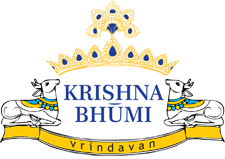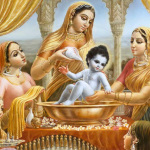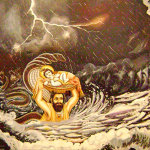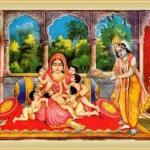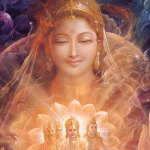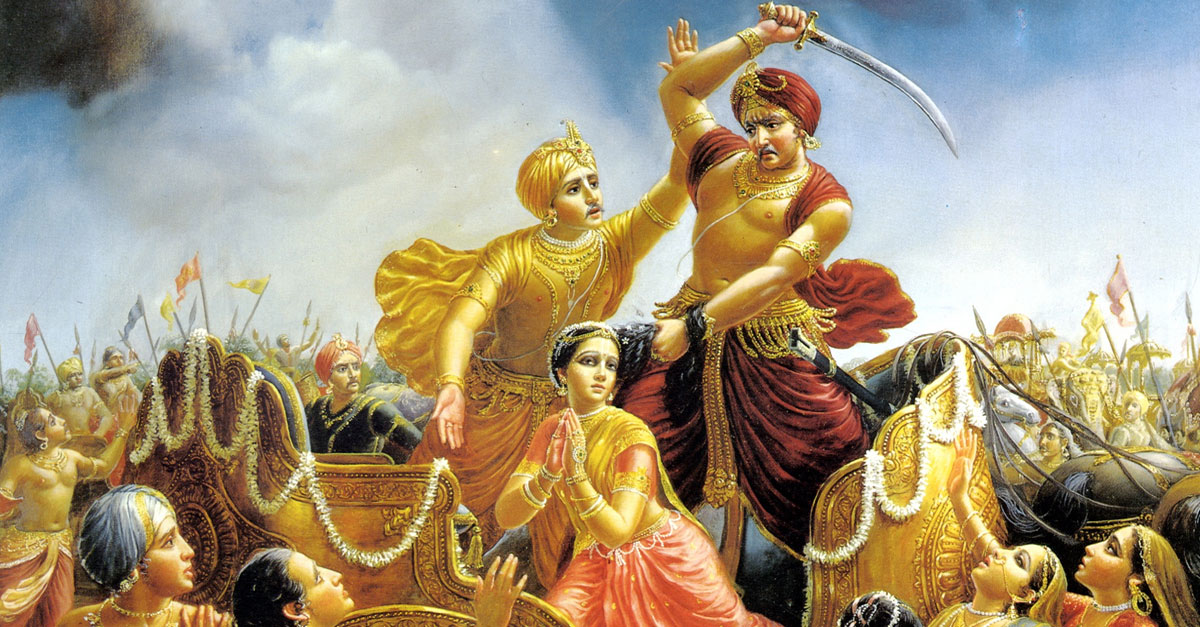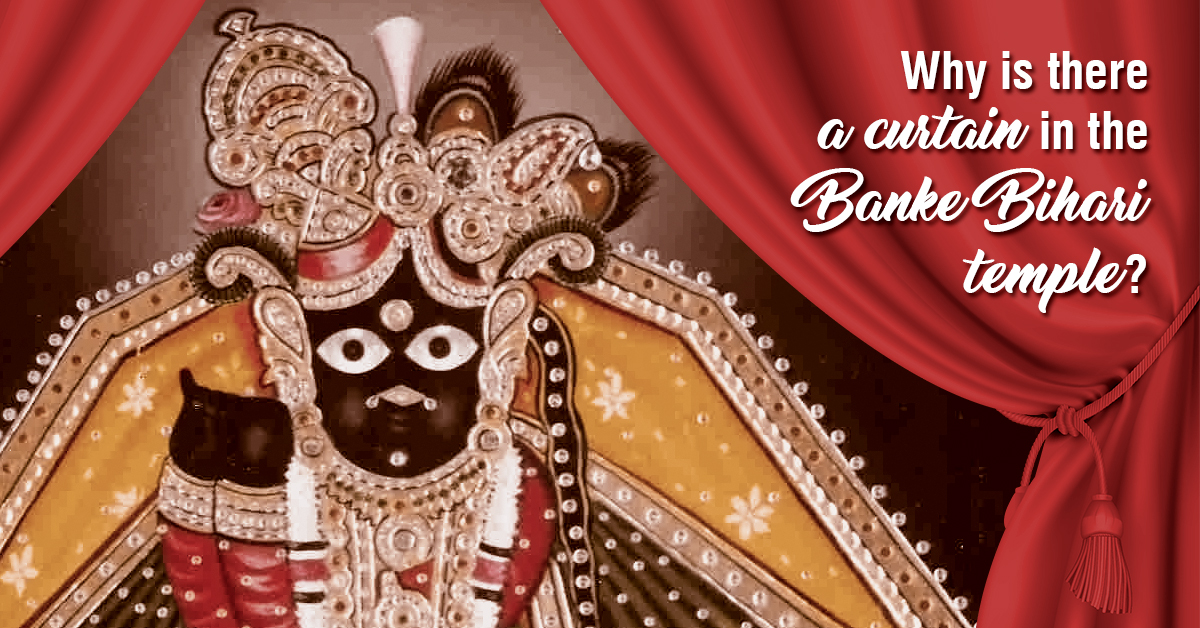The Krishna –Bhakti Movement had its beginnings in the Tamil speaking region of Southern India. This was in the 6th or the 7th century A.D. This was due to the Alvar poets. Alvar poets immersed themselves in God and indulged in writing devotional songs. The most celebrated of the Alvar poets is probably Andal, who was also the only woman poet among their ranks. The Alvars believed in devoting themselves to God through bhakti, or love. In order to express their ecstasy they sang songs which expressed the depth of what they were feeling. From South Indian regions of Tamil Nadu and Karnataka, this movement reached Maharashtra and then finally Bengal.
Massive amounts of devotional literature regarding Krishna had already been written. However, the problem was that the language of that time was Sanskrit and while the elite classes knew how to read and write Sanskrit, the common masses did not. People belonging to the elite class were able to enjoy pieces of literature like ‘Gita Govinda’ or ‘Krishna Karnamritam. On the other hand, the work that the Bhakti saints produced in regional languages became very popular with the masses. In north India, Meerabai and Surdas’s songs epitomized devotion towards Krishna.
The Bhakti movement did not start with any specific structure but only with the idea that the ‘bhakts’ could have an individual and personal relationship with God. However, this changed when in the 11th century A.D; the Vaishnava bhakts started building elaborate frameworks regarding the nature of their worship. Nimbarka, Vallabhacharya and Shri Chaitanya Mahaprabhu, who was considered to be an incarnation of Krishna himself, were all heavily influenced by the ideas of Madhvacharya of 11th century A.D. These four people went on to establish the most renowned schools of Krishna Bhakti. The schools were known as Nimbarka Sampradaya, Gaudiya Vasihnavism and Vallabha Sampradaya. These schools not only looked at Krishna as an avatar of Vishnu, but as a supreme god in his on right.
In the Deccan part of India, especially in Maharashtra, there were saint poets who belonged to the Varkari sect. These saint poets were Dnyaneshwar, Janabai, Tukaram, Namdev and Eknath. These people worshipped a local form of Krishna known as Vitobha. Some famous Krishna bhakts of South India were Kanakadasa and Purandara Dasa.
